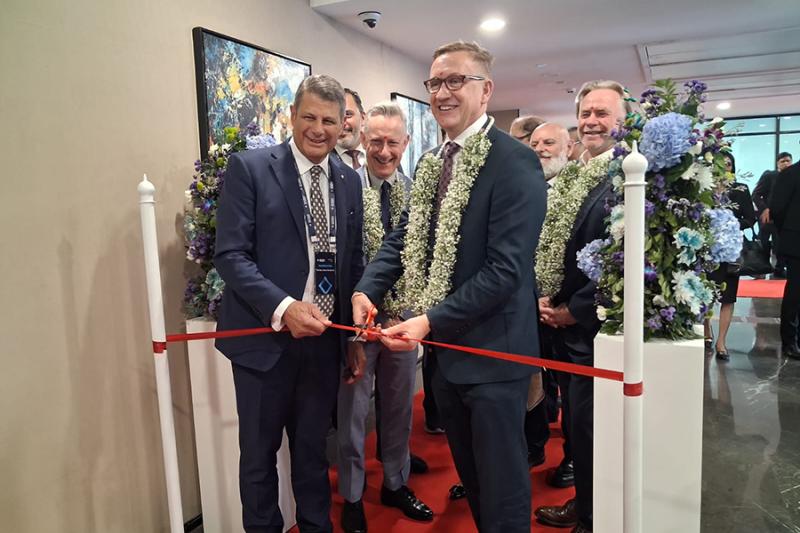Active Australians are more advantaged Australians
Today a new wave of data has been added to Australia's Health Tracker by Area.
Australia’s Health Tracker by Area, a website developed by the Australian Health Policy Collaboration at Victoria University with the Public Health Information and Development Unit at Torrens University, shows that 66% of adults report no or low physical activity.
Walking, riding, sport and leisure are vital for physical and mental health and yet almost two-thirds of the nation is missing out.
Affluent city councils like Woolahra in Sydney (46.8% report no or low physical activity); Cottesloe in Perth (47.6%) and Stonnington in Melbourne (52.5%) have the most active residents across the country.
Australia’s Health Tracker by Area confirms that poorer communities and regional/rural communities have poorer health. More than three-quarters of adults in the mid-West of Tasmania, Western New South Wales and Western Victoria are reporting no/low physical activity.
AHPC Director Rosemary Calder states
"…we need more parks, community sports and active work places to help Australians reap the benefits of physical activity.
Investing in children’s programs – like walking and cycling to school – will enable 3.6 million school-aged children to get free physical activity every day.
This remains a priority policy area for our national collaboration, as articulated when we were in Parliament House, Canberra, in November 2016".
Public health and chronic disease experts want at least a 10% reduction in physical inactivity in Australia by the year 2025. The Tracker reports will be issued regularly to track the progress towards this and other related targets for a healthier Australia.



